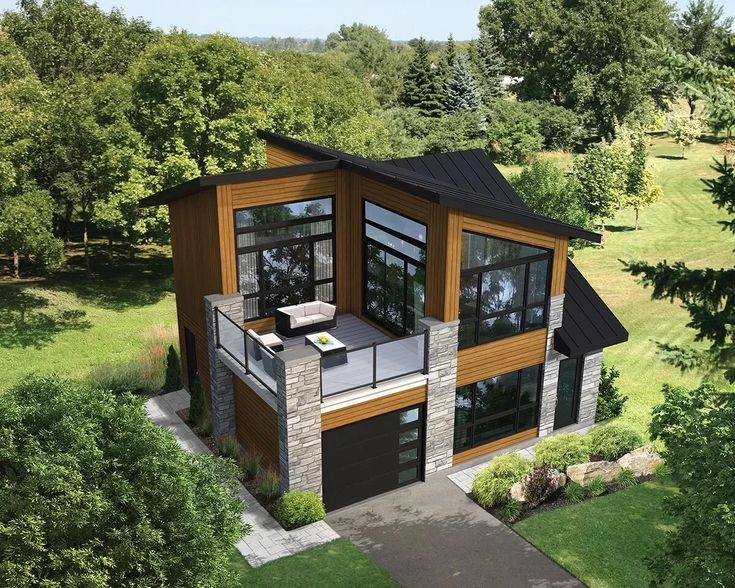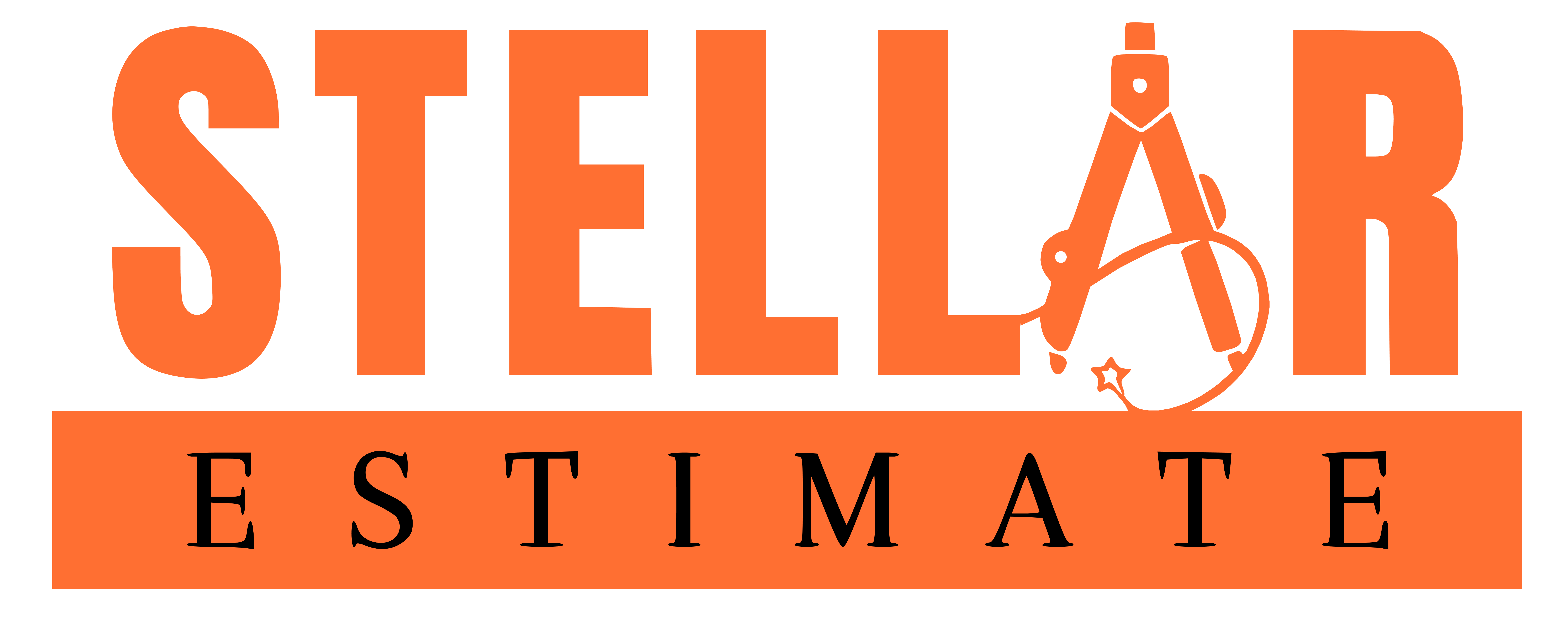How to Construct a Home Under $500,000 in California
Building a home in California is a significant financial undertaking, with costs often exceeding expectations. However, constructing a home under $500,000 is achievable with careful planning and strategic decision-making. Here’s a comprehensive guide to help you navigate the process of building a home within this budget.

1. Define Your Budget
Understanding Your Finances
- Total Budget: Ensure that the $500,000 budget includes not only construction costs but also land, permits, fees, and contingencies.
- Contingency Fund: Set aside 10-15% of your budget for unexpected costs.
Break Down the Budget
- Land Purchase: Allocate a portion of the budget for acquiring land.
- Construction Costs: This includes materials, labor, and contractor fees.
- Permits and Fees: Budget for permits, inspections, and other regulatory costs.
- Interior Furnishings: Consider budget constraints for appliances, fixtures, and finishes.
2. Choose a Cost-Effective Location
Affordable Areas
- Research Neighborhoods: Look for emerging neighborhoods or areas with lower land prices.
- Proximity to Amenities: Consider locations that offer good value without sacrificing essential amenities.
Land Costs
- Buy Existing Lots: Purchasing land in developing areas or outskirts of major cities can be more affordable.
- Consider Smaller Lots: Smaller lots often cost less and can still provide a comfortable living space.
3. Select a Simple and Efficient Design
Opt for Efficient Layouts
- Smaller Footprint: Design a compact home to reduce construction and maintenance costs.
- Open Floor Plans: Open layouts often reduce the need for extensive interior walls and improve space utilization.
Standardized Designs
- Pre-Designed Plans: Utilize standard plans or pre-designed models which can be more cost-effective than custom designs.
- Modular Homes: Consider modular or prefab homes which can be less expensive and quicker to build.
4. Use Cost-Effective Materials
Affordable Materials
- Choose Budget-Friendly Materials: Opt for materials that provide durability without breaking the bank, such as engineered wood, laminate, or fiber cement siding.
- Consider Recycled Materials: Recycled or reclaimed materials can offer both cost savings and a unique aesthetic.
Bulk Purchasing
- Buy in Bulk: Purchase materials in bulk to get discounts and reduce costs.
- Local Suppliers: Source materials from local suppliers to avoid shipping costs.
5. Hire a Reputable but Affordable Contractor
Finding the Right Contractor
- Get Multiple Quotes: Obtain quotes from several contractors to find the best balance of cost and quality.
- Check References: Verify the contractor’s reputation and past projects.
Contractor Negotiations
- Clear Agreements: Ensure that all aspects of the construction are detailed in the contract, including costs, timelines, and scope of work.
- Fixed-Price Contracts: Consider a fixed-price contract to avoid unexpected cost overruns.
6. Streamline the Construction Process
Project Management
- Stay Involved: Regularly monitor the construction progress to ensure adherence to the budget and schedule.
- Avoid Changes: Minimize changes to the design or materials once construction begins, as alterations can lead to increased costs.
Efficient Scheduling
- Plan Ahead: Coordinate with contractors and suppliers to prevent delays and ensure timely delivery of materials.
- Seasonal Considerations: Plan construction during favorable weather conditions to avoid weather-related delays.
7. Consider Energy Efficiency
Incorporate Energy-Efficient Features
- Insulation: Use high-quality insulation to reduce energy costs and improve comfort.
- Energy-Efficient Windows and Doors: Invest in energy-efficient windows and doors to enhance insulation and reduce heating and cooling expenses.
Green Building Practices
- Solar Panels: Consider installing solar panels to reduce long-term energy costs.
- Water-Saving Fixtures: Use water-saving fixtures and appliances to lower utility bills.
8. Navigate Permitting and Regulations
Understand Local Regulations
- Research Zoning Laws: Ensure that your plans comply with local zoning laws and building codes.
- Permitting Process: Allocate time and budget for obtaining necessary permits and approvals.
Work with Professionals
- Hire a Local Architect or Designer: Engage a local architect or designer who is familiar with local regulations and can help streamline the permitting process.
Conclusion
Constructing a home under $500,000 in California requires careful planning, smart budgeting, and strategic decision-making. By selecting cost-effective materials, choosing an efficient design, hiring the right contractor, and staying involved in the project, you can successfully build a home that meets your needs without exceeding your budget. Keep in mind that flexibility and thorough research are key to achieving a successful and budget-friendly home construction project.
